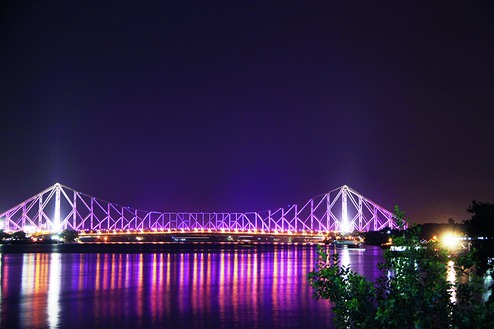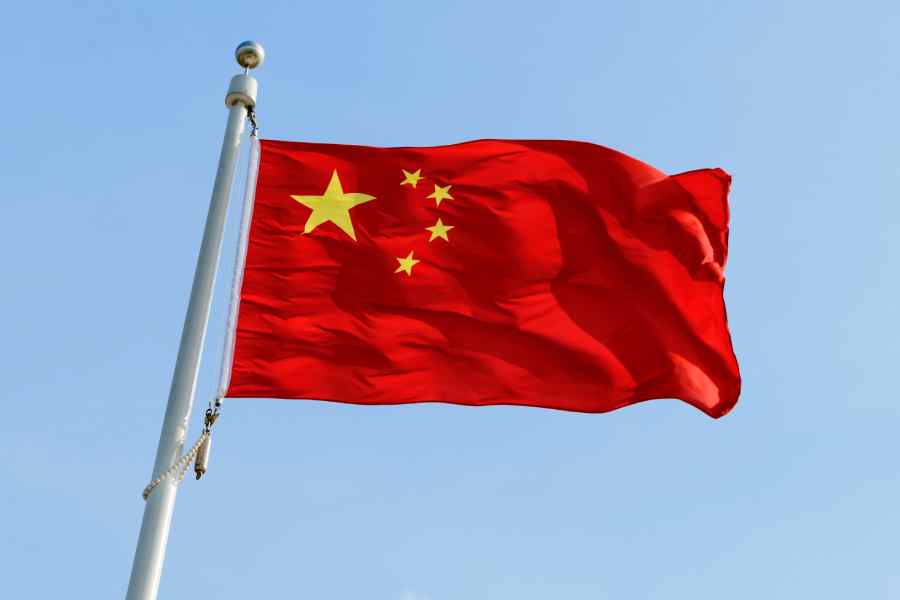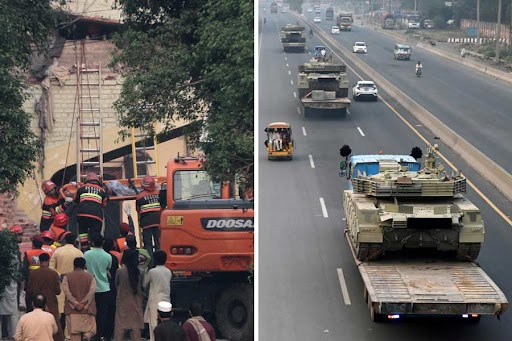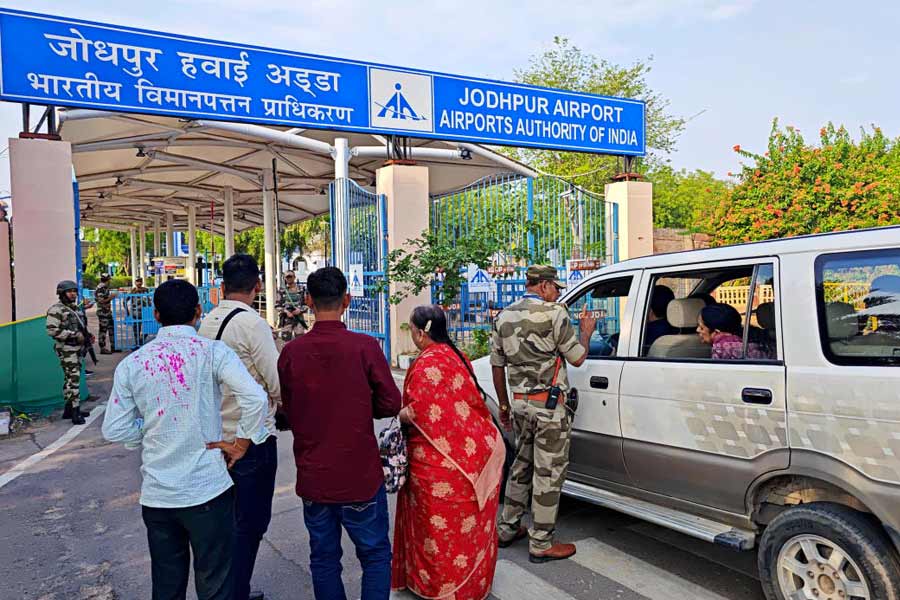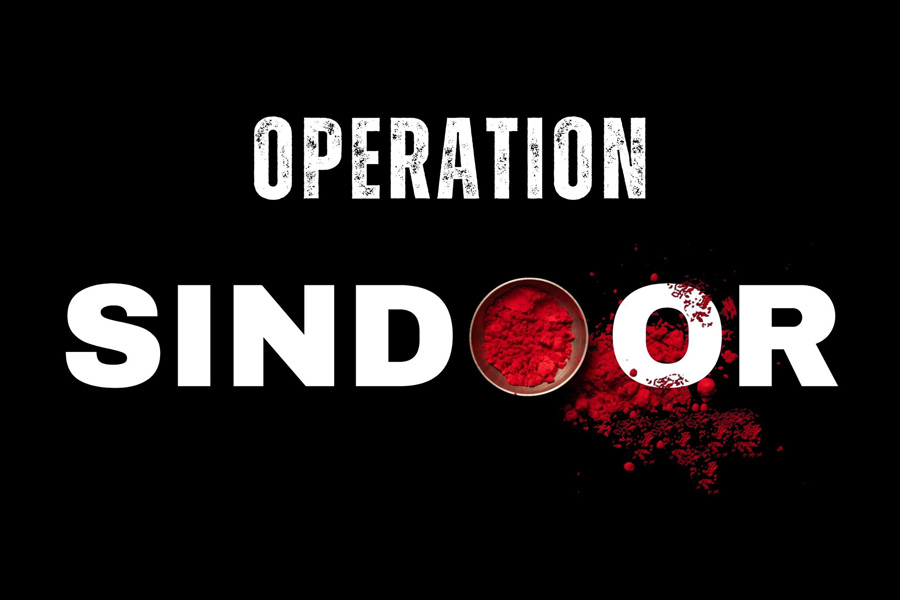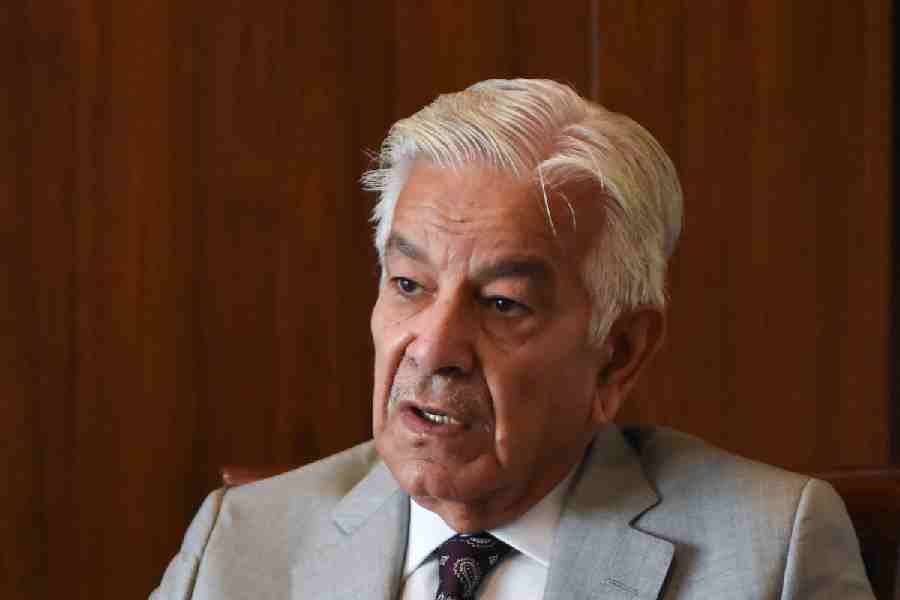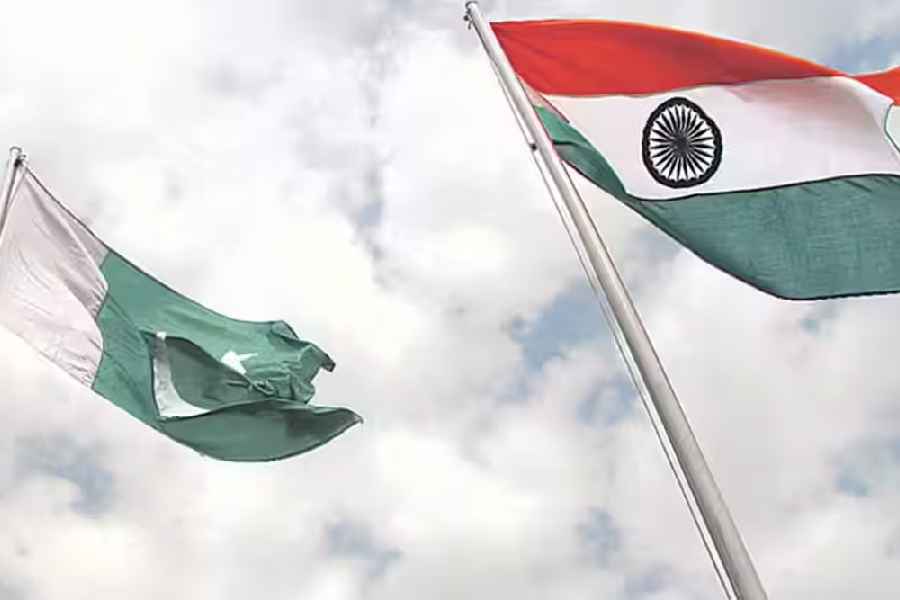
Victoria Memorial: The Howrah Bridge, completed in 1942 and opened to the public a year later, never had a formal opening for fear of a Japanese attack. And this despite being an engineering marvel and the biggest cantilever bridge of its time.
The British were apparently worried it could be a target after Pearl Harbour.
A digital exhibition on the iconic bridge that opened at Victoria Memorial on Wednesday highlights this and many such anecdotes about one of Calcutta's abiding symbols.
"The only other icon in the city that comes close to Victoria Memorial is Howrah bridge. Being the other icon of the city, we could not be indifferent to its 75th anniversary," Jayanta Sengupta, secretary and curator of Victoria Memorial Hall, said.
The exhibition is being held in partnership with the Calcutta Port Trust and Tata Steel, both linked to the bridge since its inception.
Vinit Kumar, the chairman of the port trust, and Dibyendu Bose, group director, Tata Steel, were present on the occasion.
Cleveland Bridge and Engineering Company Ltd started building the bridge under the supervision of the Howrah Bridge Commissioners in 1936. A German firm had bid lowest in a global tender but with Germany pitted against Britain, the British firm got the job.
The start of WW II meant all the steel that was to come from England was diverted to Europe for the war.
The only company that could provide the huge amount of steel and meet the exact specifications was Tata Steel, then Tata Iron and Steel Company.
The company supplied 23,500 tonnes of high-tensile steel for the 15,000ft long, 71ft wide and 280ft tall bridge that spans the Hooghly.
Today, more than 100,000 vehicles and 150,000 pedestrians use the bridge every day. On February 3, 1943, the first vehicle to cross the bridge was a tram.

